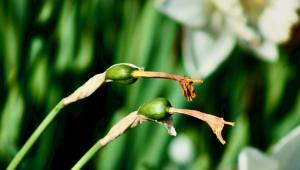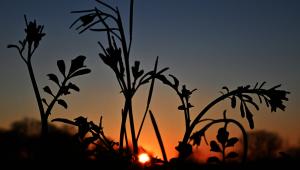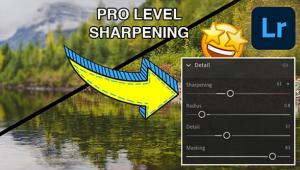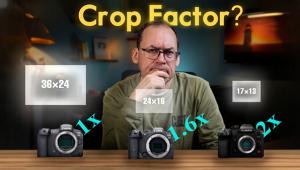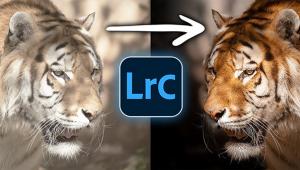Whats A WOCA Do
Can Happiness Be Found In The Latest Diana Wannabee
I am going to tell you about
a camera that costs less than a large format lens cap. It's the
latest incarnation of the 120 film "toy camera" called the
WOCA (rhymes with "Boca"). For many, this needs a bit of
explaining. |
|||
And so it was with the Diana.
It was made of styrene plastic, that same brittle stuff used to make plastic
model cars. And, like the windshields in a Revell car kit, the single-element
Diana lens was made of the same wavy, non-optical grade stuff. As a result,
no two lenses were exactly the same. Each produced bizarre distortions
and color fringing. |
|||
Enter The WOCA Build Quality |
|||
Elusive Charm Field Test A New Head For The Diana
Crown? |
- Log in or register to post comments














